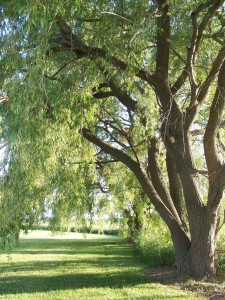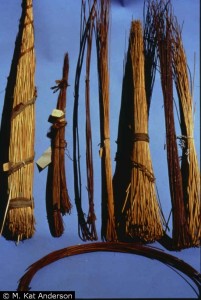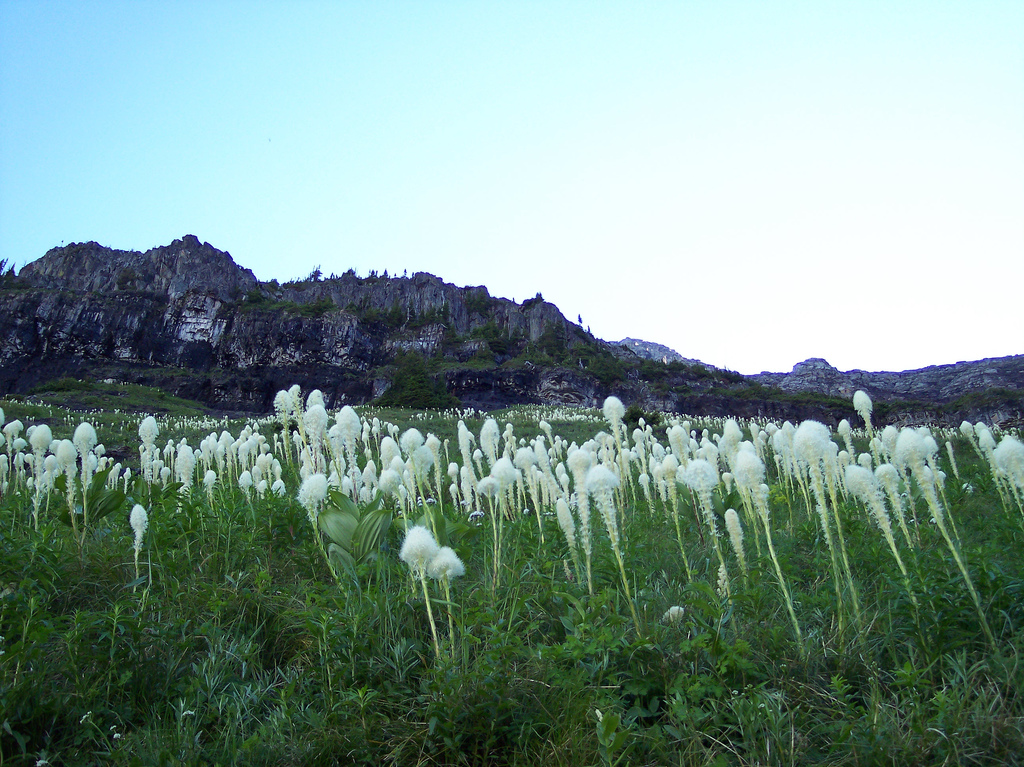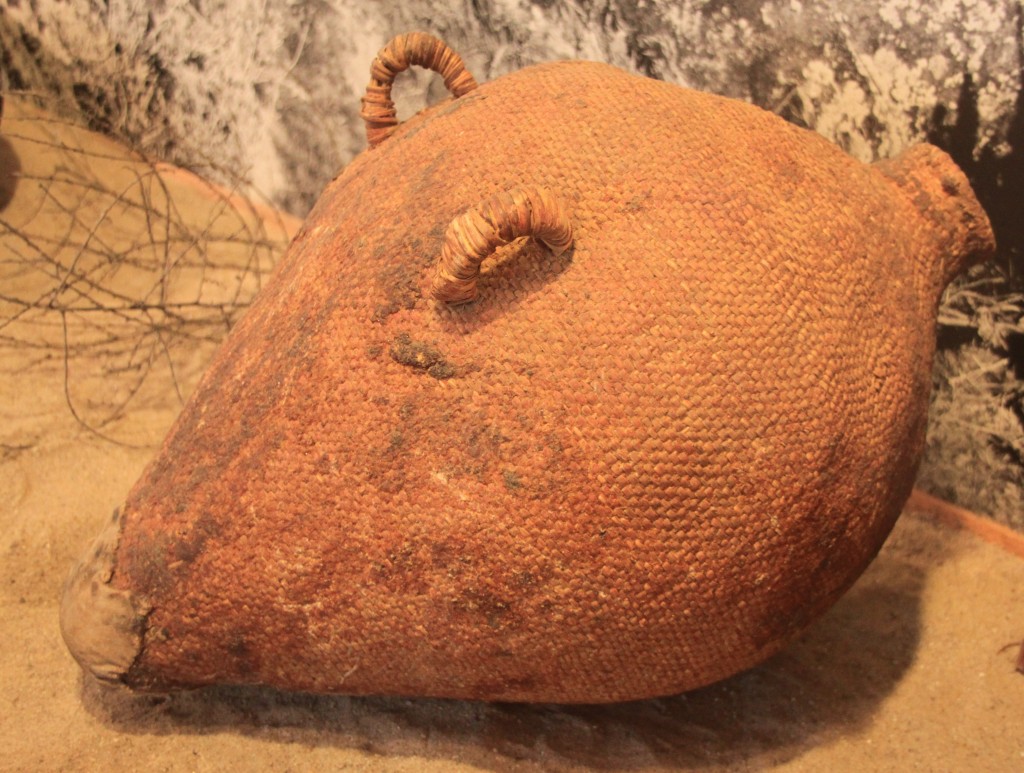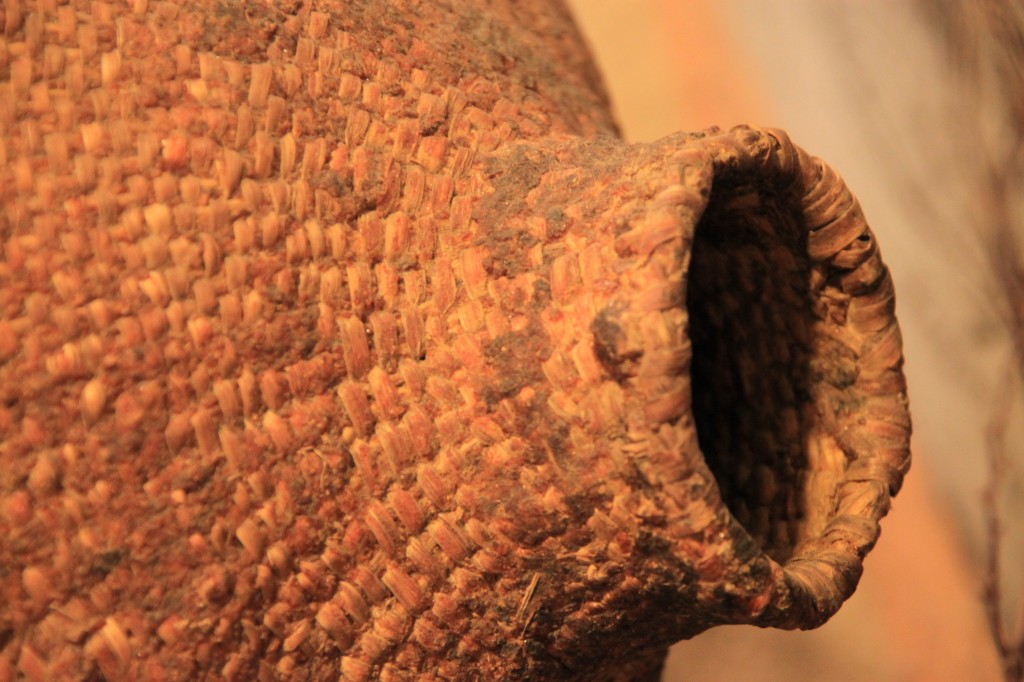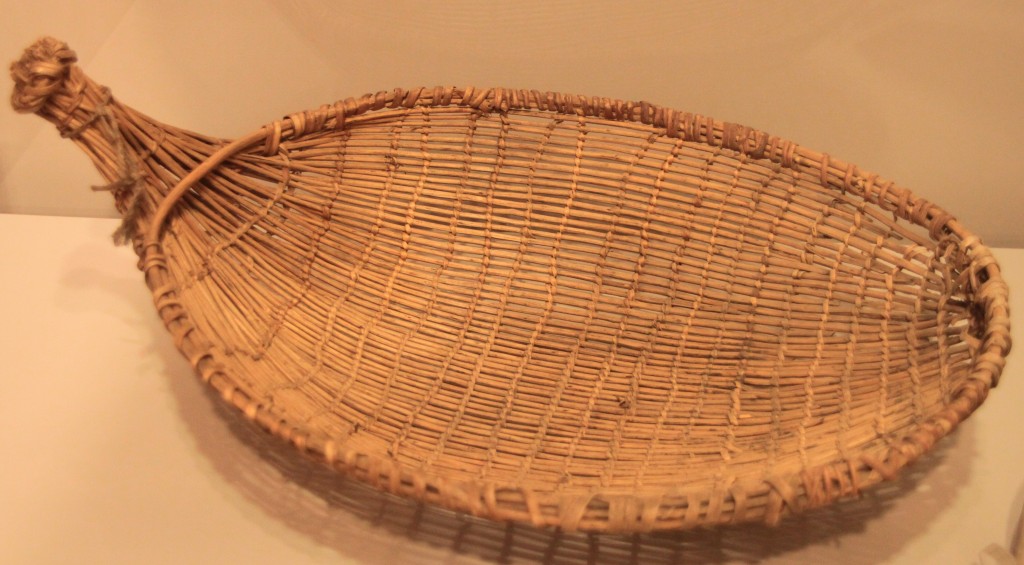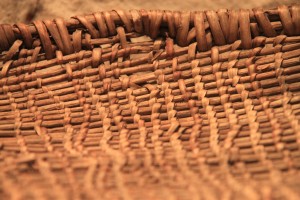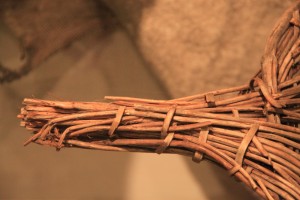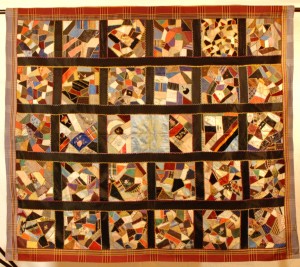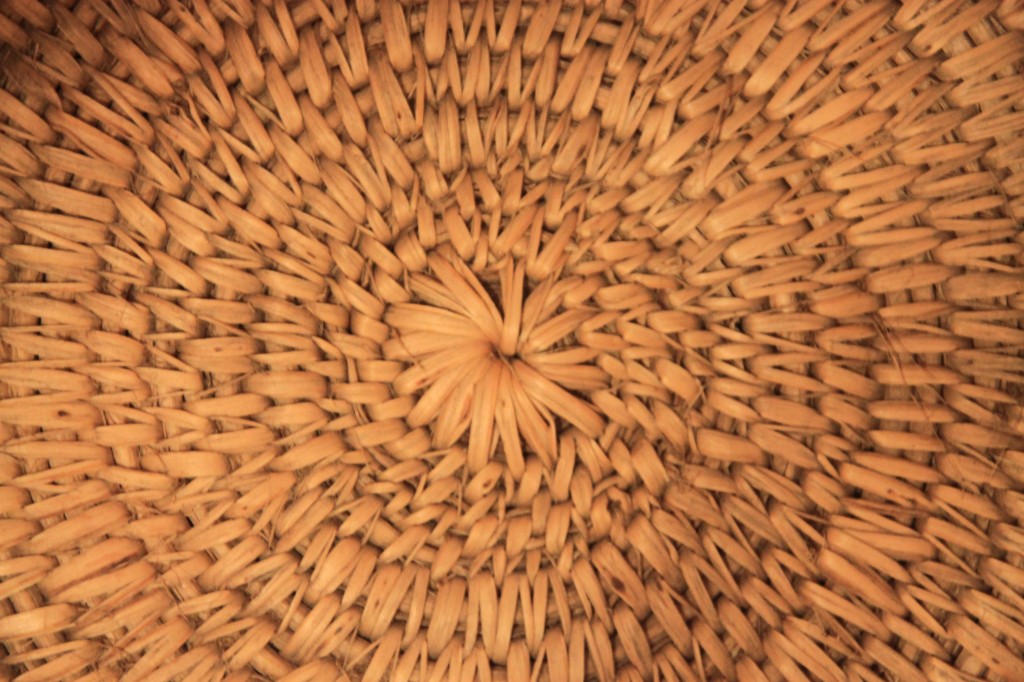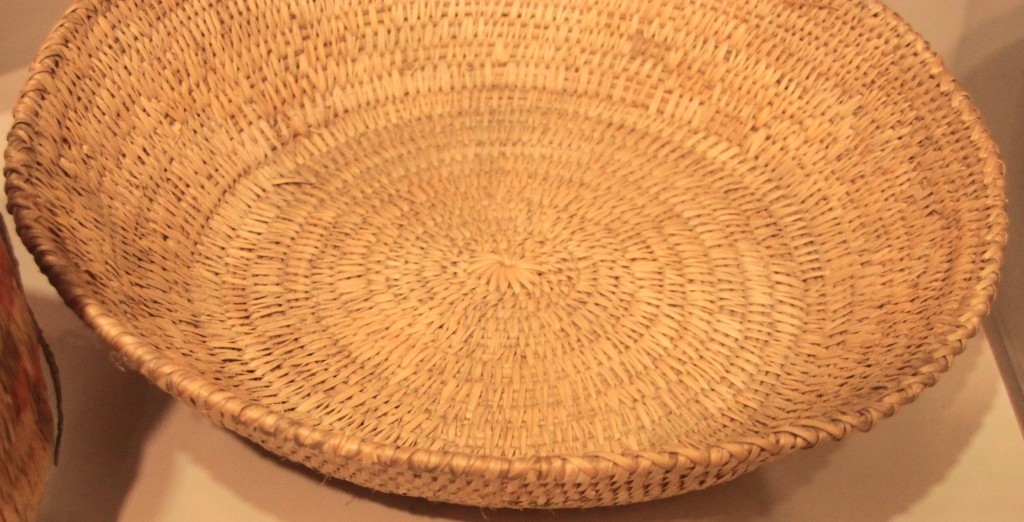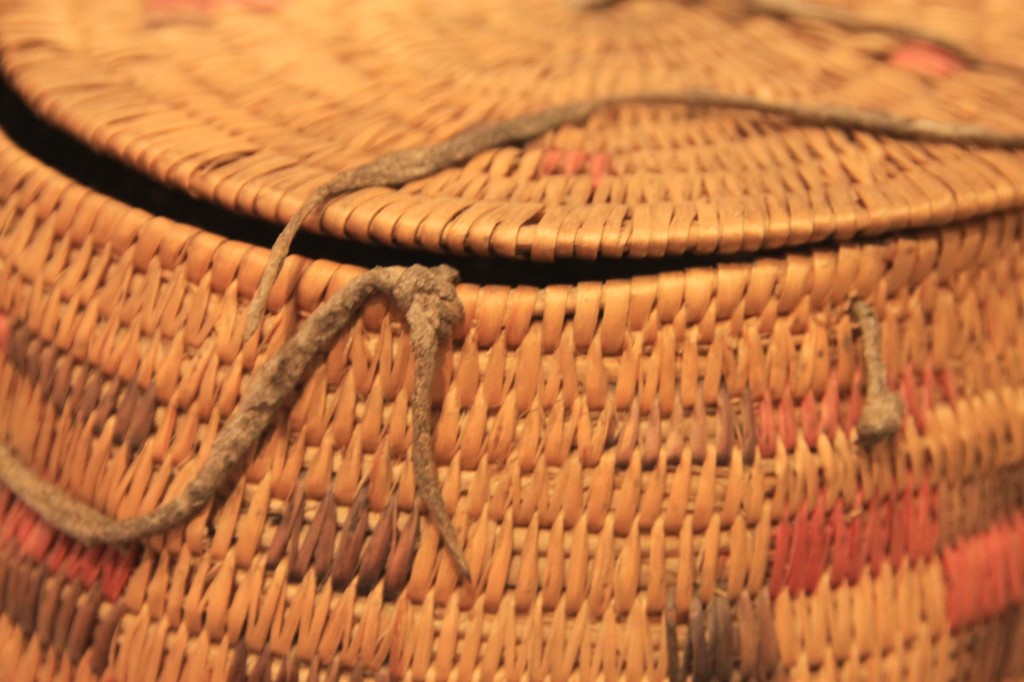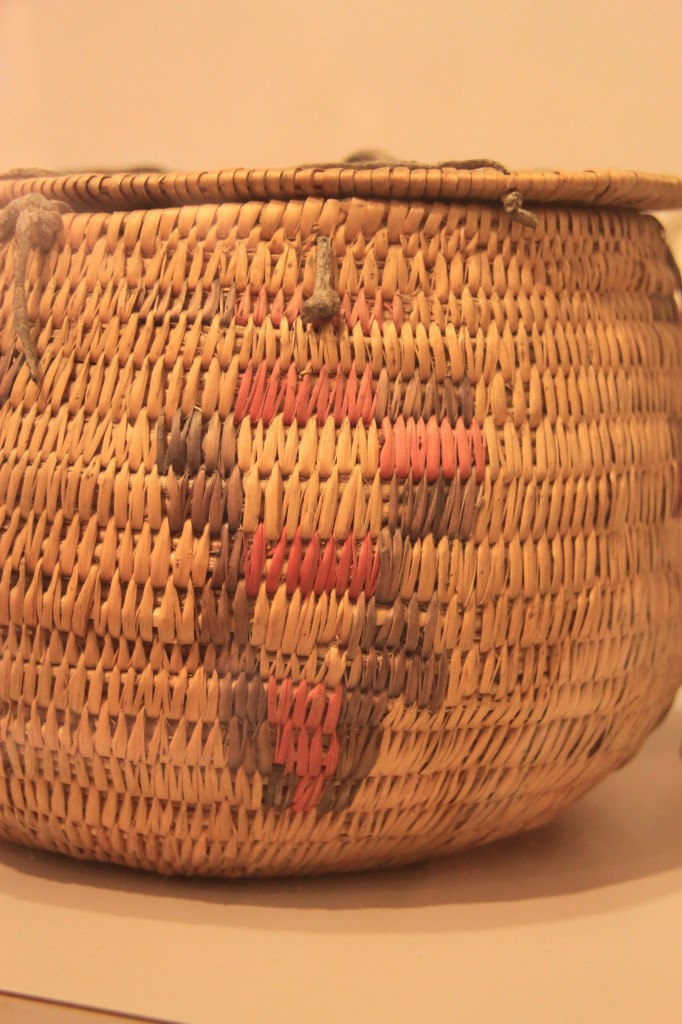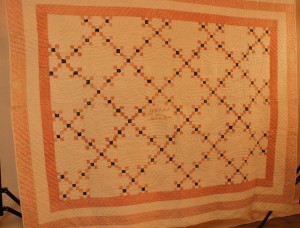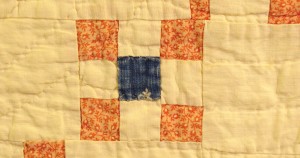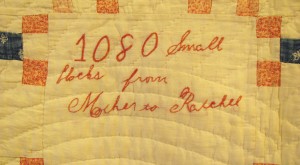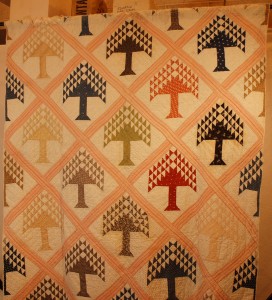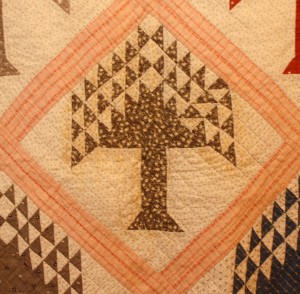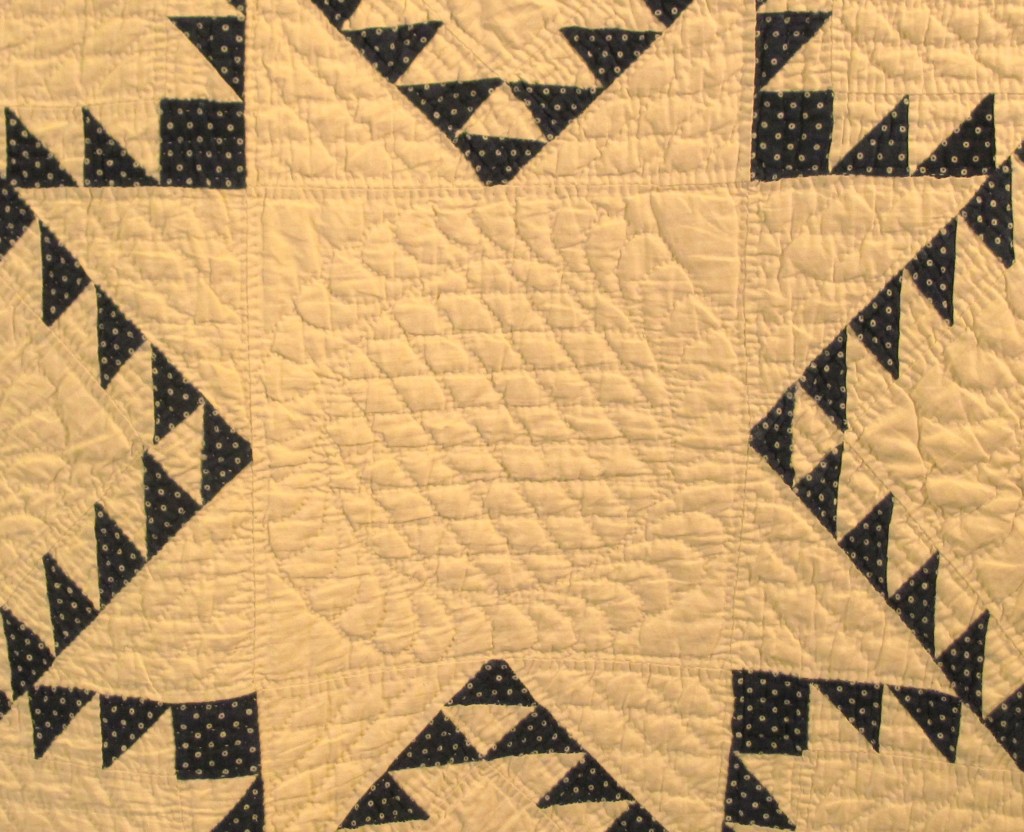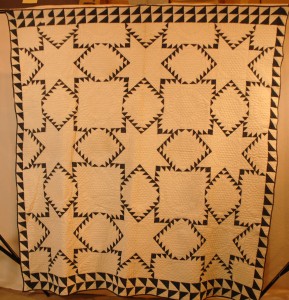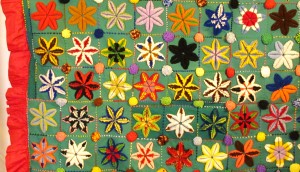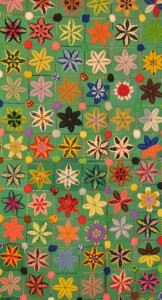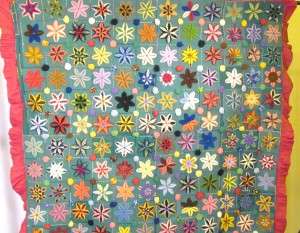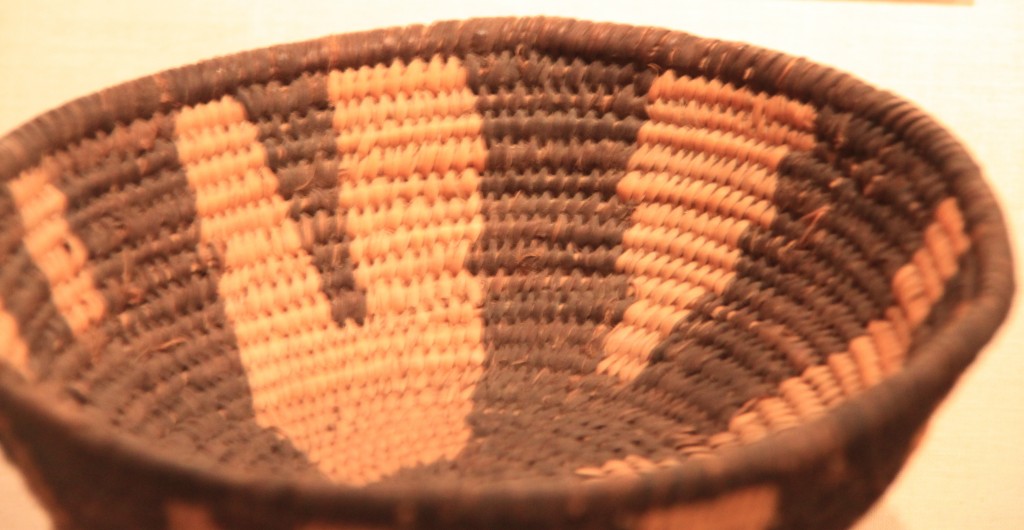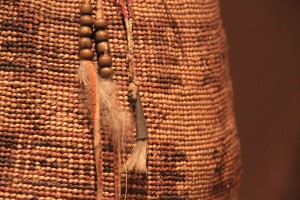Willow
Willow was used by the Shoshone people for basket making due to its strength, durability and abundance. The individual twigs can be used, as well as stripping the bark into thinner, finer portions for a more delicate weave. Traditional modern day wicker products are made from whole willow twigs. There are literally dozens of willow trees and shrubs that can be found in the Pacific Northwest and Idaho, all from the Salix genus of plants.
Bear Grass
This grass is native to North America and was used extensively by the Indigenous Peoples in the art of basket weaving. The grass turns from an olive green to a lighter tan or white when dried.
Bear grass is also known by the names Quip-Quip, Soap Grass, Squaw Grass or Indian Basket Grass, or its official name, Xerophyllum.
Being related to the lily, it too has a fragrant flower that grows from the base of the plant on a long stalk.
Bear grass was commonly found in the states of Montana and Idaho. More specifically, it can be found on the LoLo trail and the Lewis and Clark trail.
Photos Courtesy of :
1. Our Enchanted Garden. flickr, “Willow Trees and a little breeze!.” Last modified June 24, 2006 http://www.flickr.com/photos/enchantedgarden/176310253/ (Accessed April 24, 2012).
2. M. Kat Anderson@USDA-NRCS Plants database
3.USDA, NRCS. 2012. The PLANTS Database National Plant Data Team, Greensboro, NC 27401-4901 USA. http://plants.usda.gov (Accessed May 1, 2012).
4. Weber, Drew. flickr, “Bear Grass.” Last modified July 12, 2005 http://www.flickr.com/photos/drewweber/205394308/ (Accessed April 24, 2012).
